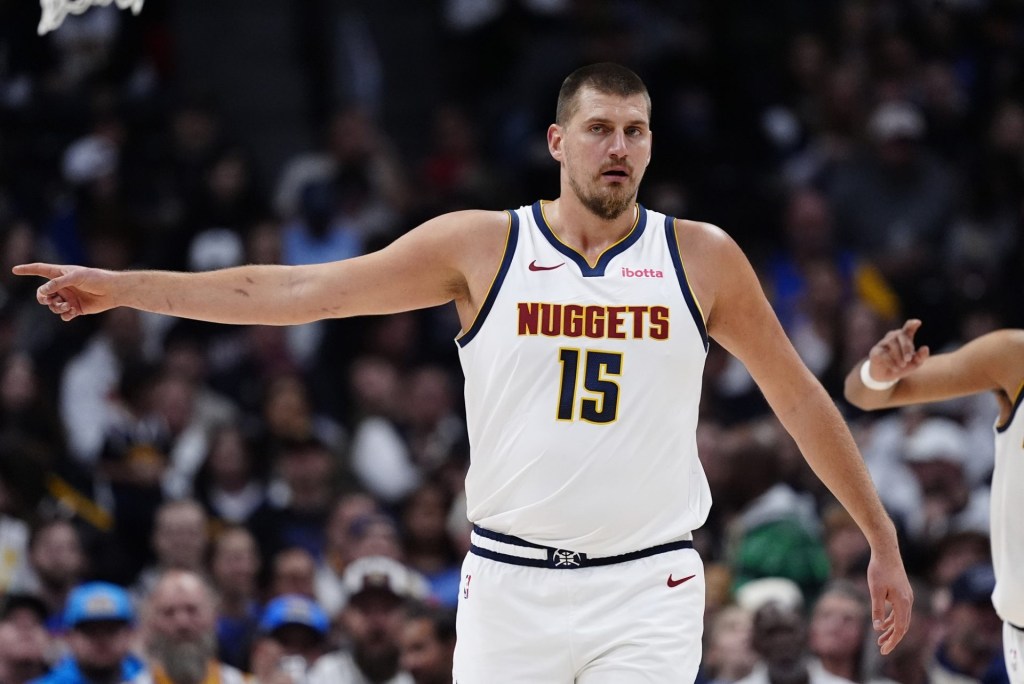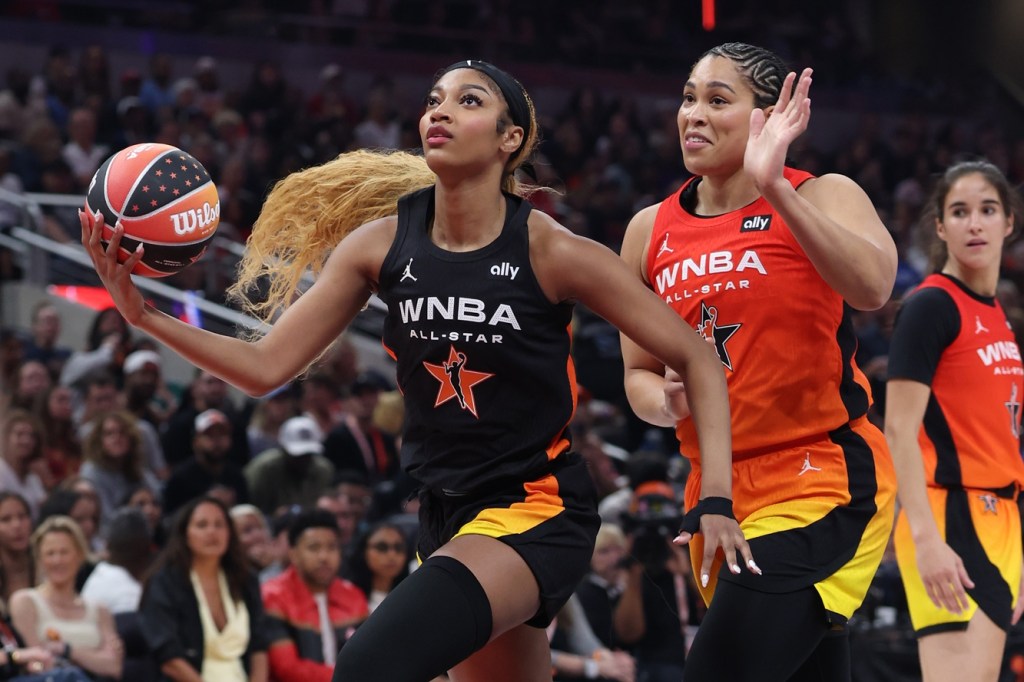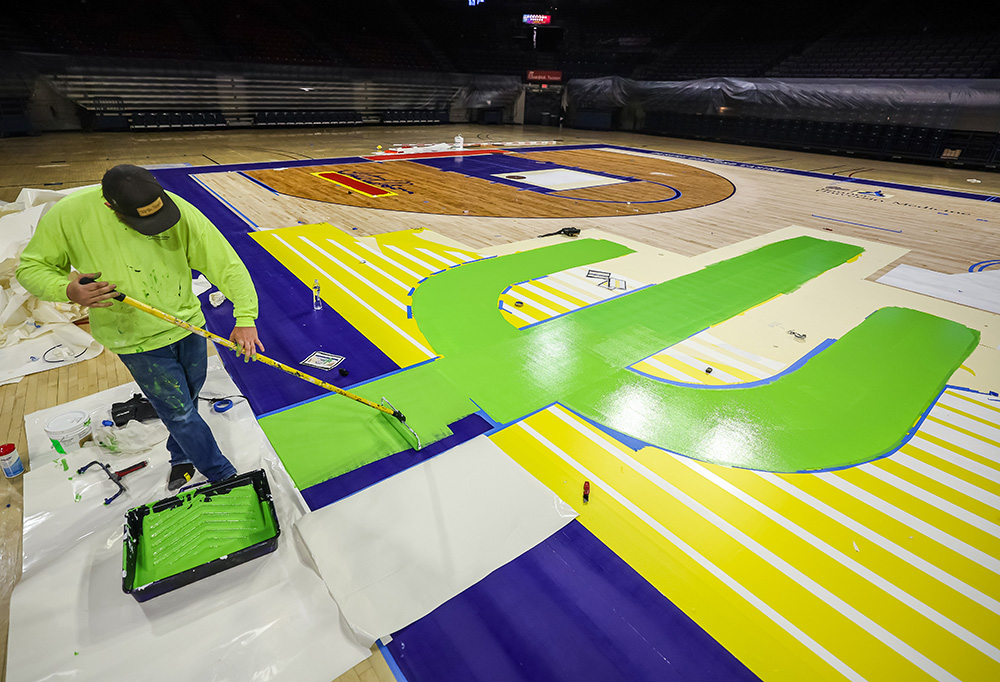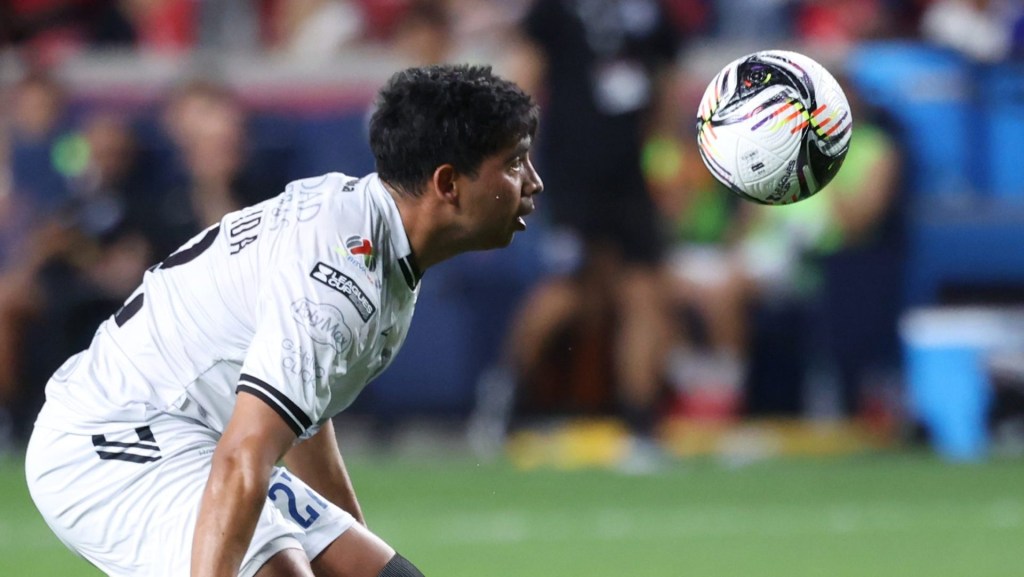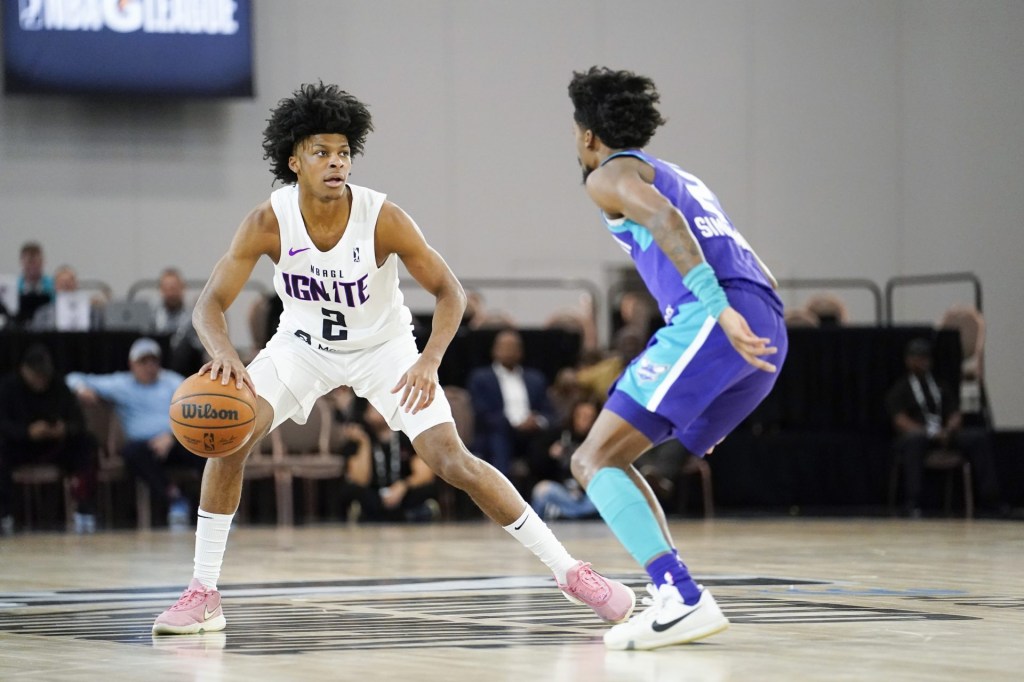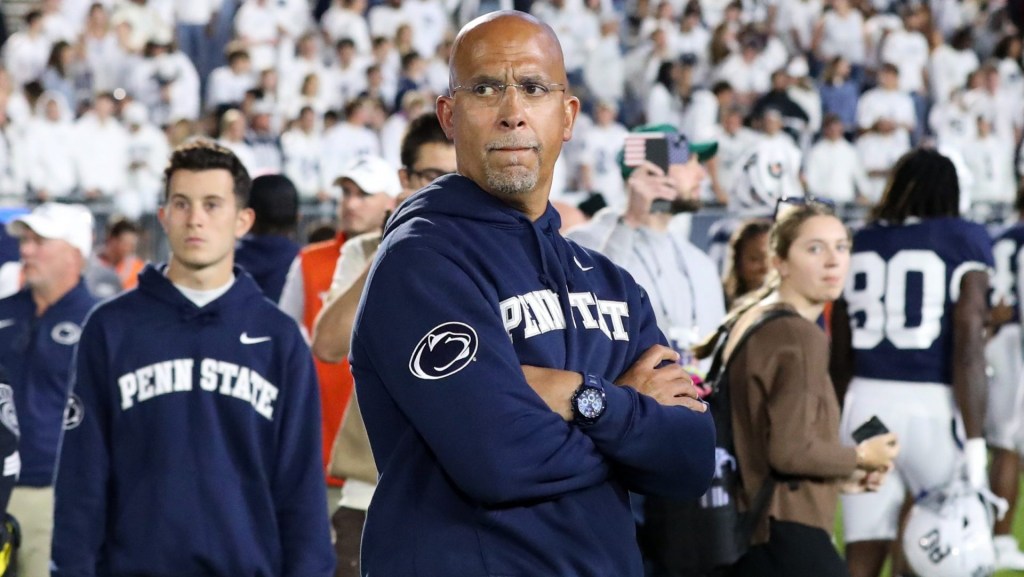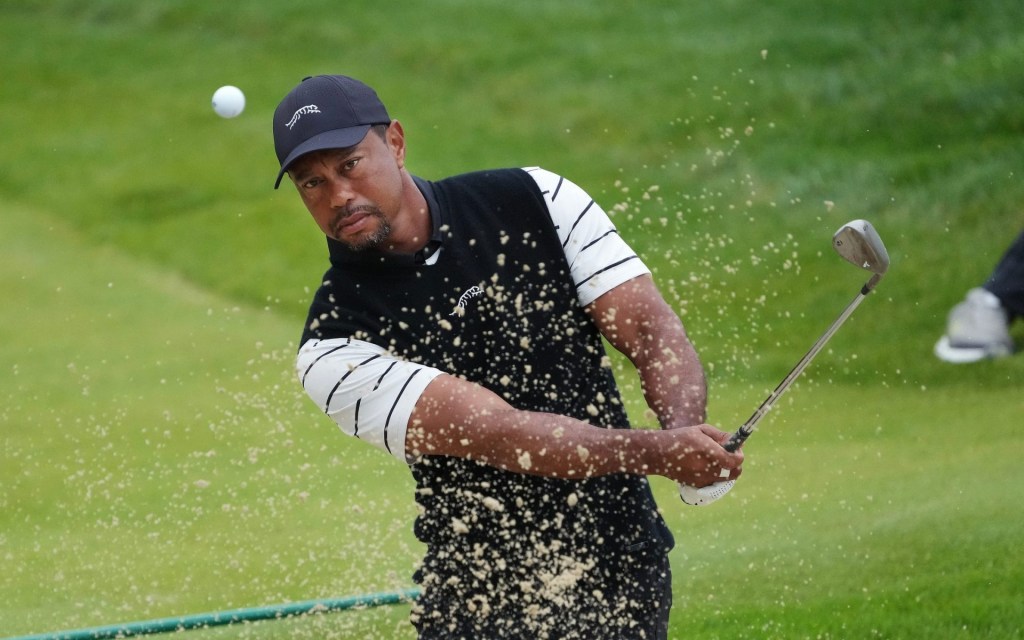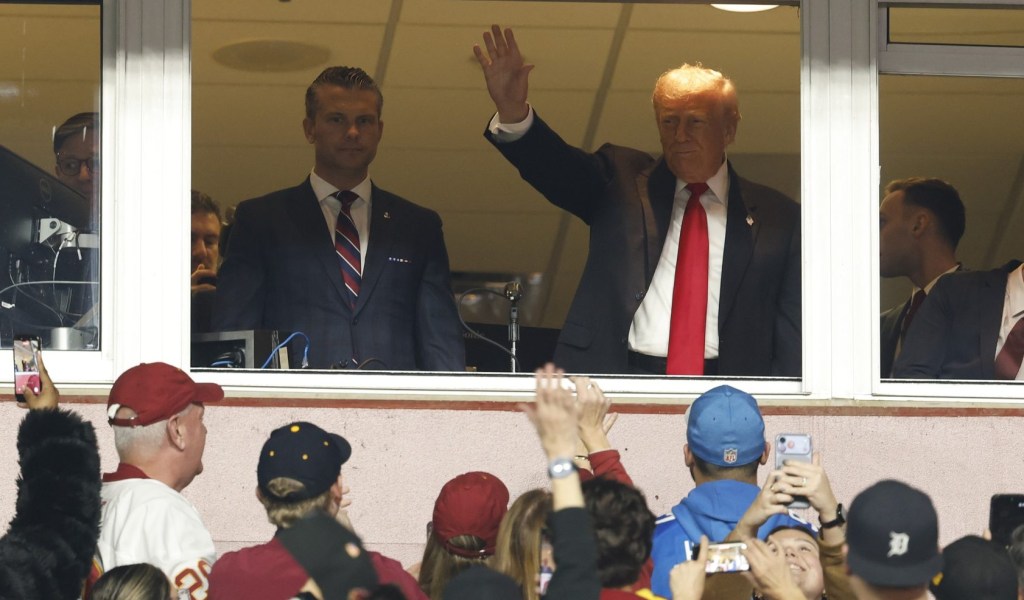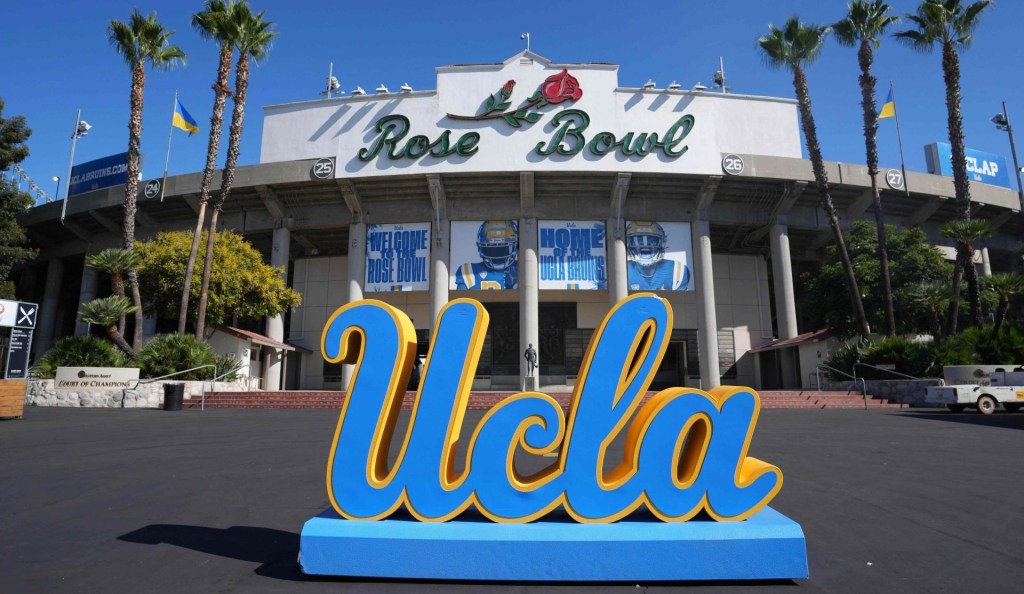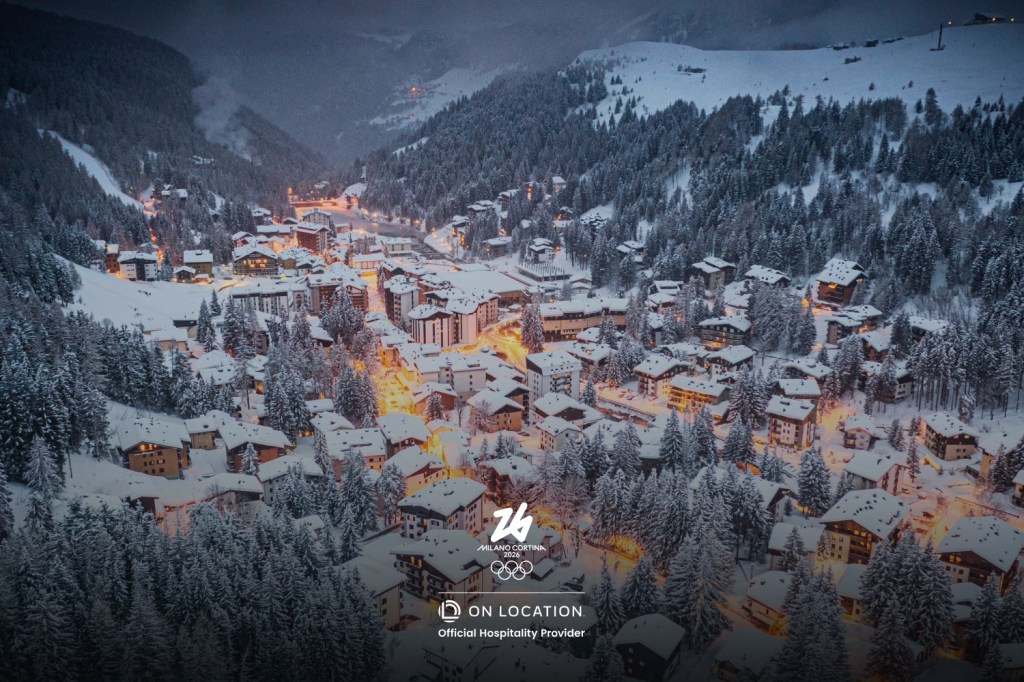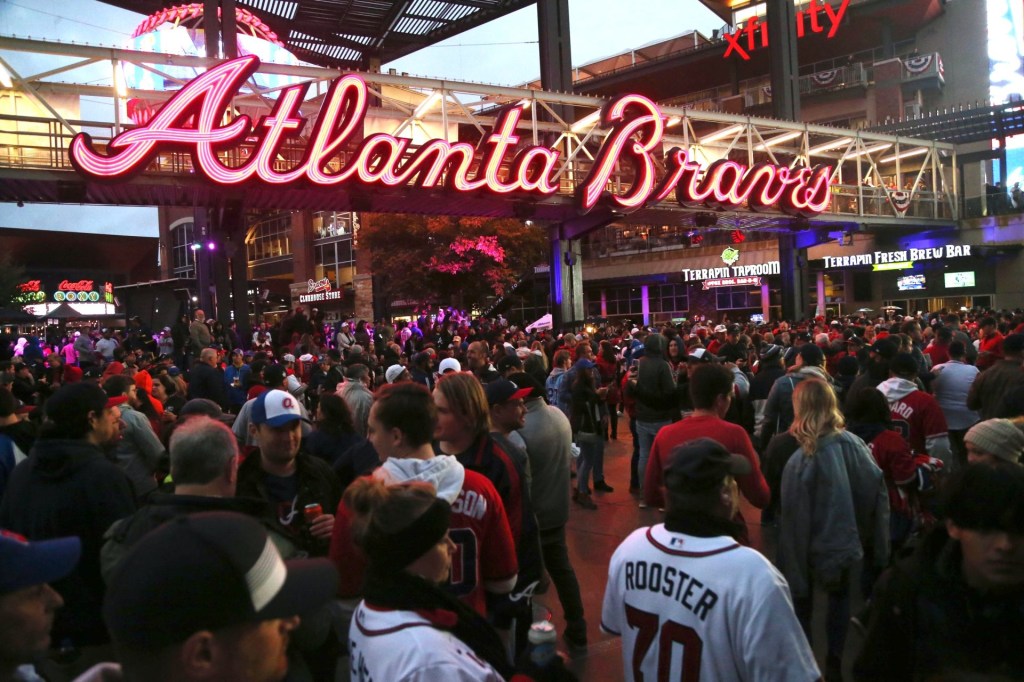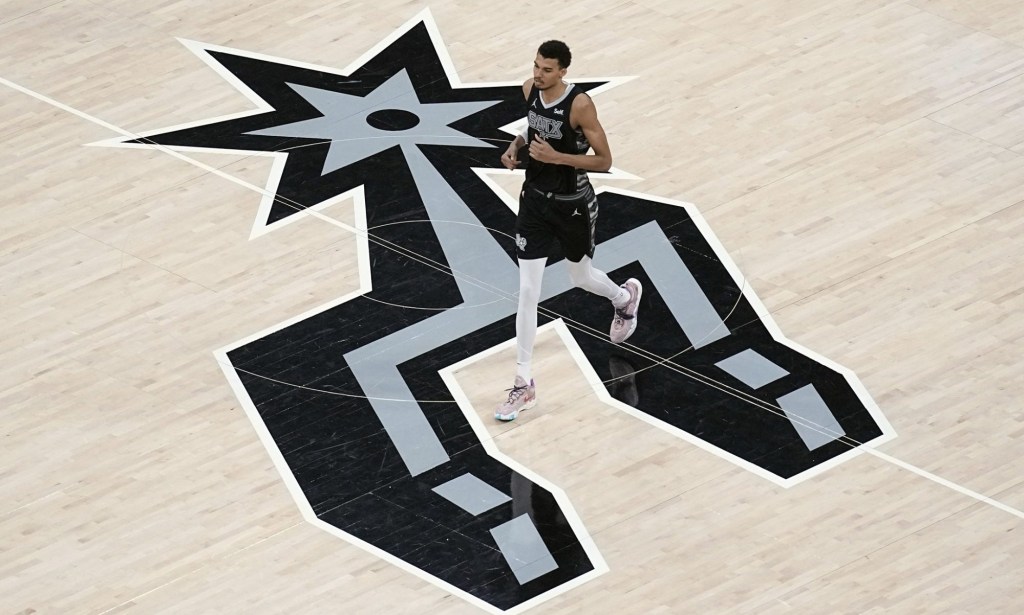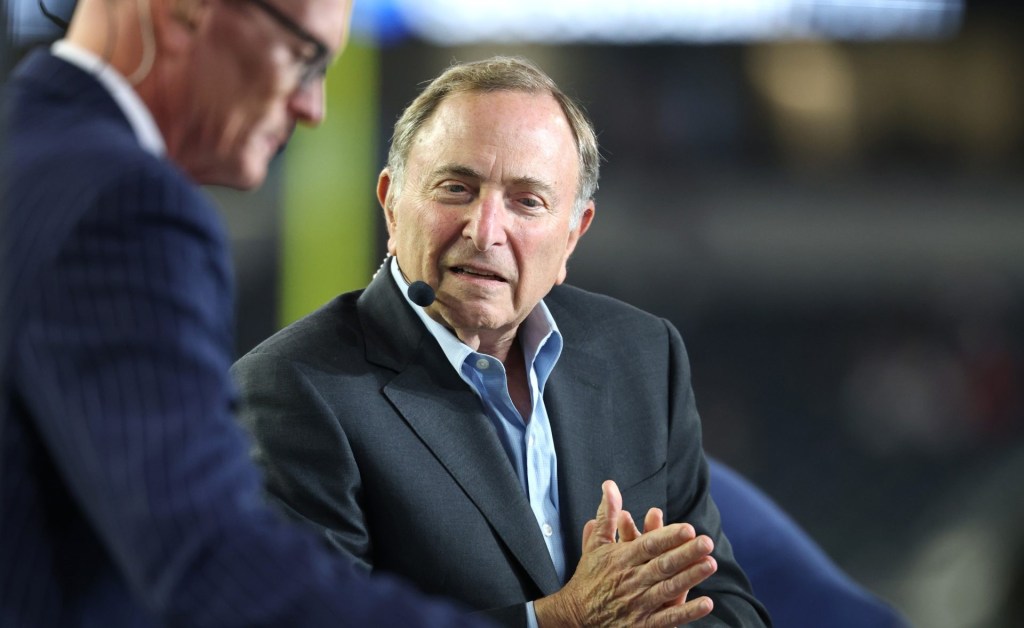No matter what happens in Sunday’s Game 7 against the Nuggets, the Thunder will still have one of the more unique victories in American sports as it heads into the summer.
The team was able to get a local sales tax overwhelmingly passed in December 2023 despite no major playoff success and a poor track record for similar measures in the rest of the country in recent years.
In Oklahoma City, 71% of voters chose to extend an existing sales tax for six years called MAPS (Metropolitan Area Projects), which would have them pay $850 million of a new $900 million arena for the team. Thunder ownership will cover the other $50 million.
The city quickly became the envy of the country’s sports owners. Taxes to fund stadiums in cities such as Kansas City, Phoenix, Tampa Bay, and elsewhere have all failed, as American voters have become less pliant when teams ask for public funding.
David Holt, Oklahoma City’s Republican mayor, was the architect of the sales tax measure, but doesn’t think he cracked a code other cities haven’t, instead saying in a recent interview that he felt the Thunder had all the power.
“Cities like ours never have leverage in these situations,” he told Front Office Sports. “We in Oklahoma City haven’t had the team long enough to forget what it was like before we had the team.”
Oklahoma City is the country’s 42nd-biggest market and the third smallest in the NBA. The Thunder moved from Seattle to Oklahoma City in 2008 after Starbucks magnate Howard Schultz sold the team to investment banker Clay Bennett, and neither was able to secure public funding from Seattle for a new arena there. Bennett eventually paid Seattle $45 million in a settlement before moving the team.
Renderings for the Thunder’s new arena are expected this summer with the venue expected to open for the 2029–30 season. (It’s contractually required to open no later than June 2030.) The one-cent sales tax will begin April 1, 2028, when the current one expires. The Thunder and the city are still negotiating a lease for the new arena, but the city will own and operate it. The team currently pays $1.6 million in rent for the regular season.
The Thunder will stay in Oklahoma City through at least 2050 under the new deal.
Paycom Center, the team’s current arena was built by the city in 2002, is the smallest in the league. The city operates it, and it’s the only arena the Thunder have ever played in. Modern pro arenas are increasingly constructed to squeeze maximum profits out of premium seating; the Thunder’s smaller footprint limits their ability to do so. And by current NBA standards, the $300 million spent on the current arena is paltry. The Warriors spent $1.4 billion on their new arena, while Steve Ballmer and the Clippers spent $2 billion on theirs. (Both teams paid for their own arenas.)
“So it’s old, it’s cheap, and it’s small. At the end of the day, what really matters is: Was this team or any other team going to sign a long-term lease? The answer was no,” Holt said. “So we really had no choice but to come forward with this proposal if we wanted to maintain a relationship with the Thunder or any team.”
Holt, who was elected into office in 2018, first raised the issue in July 2022, when the Thunder were in the deep in a rebuild. He said when he first introduced the idea, constituents mentioned the team was among the league’s least relevant.
But the vote came in December 2023, as the Thunder embarked on what would be a 57-win season. Holt said the on-court success, or at times lack thereof, was never a factor in his attempts to get the tax passed.
The tax faced local opposition from Oklahoma Progress Now and a group of 25 local economists, who argued the new arena would not impact the city’s economic growth in a consequential way.
“This deal was negotiated from a position of fear and scarcity, which benefits those who are wealthy, while the benefits never trickle down to regular folks,” JoBeth Hamon, an Oklahoma City councilwoman said in 2023.
Oklahoma City has built three arenas in its history; the new home for the Thunder will be the fourth. All were built through public financing. Holt said that’s part of what the city has to sign up for because bigger markets have more leverage over team owners than OKC. He added that the $50 million the Thunder are fronting is the first time the city has received any help in building an arena.
Holt pointed out there are 18 markets larger than OKC that don’t have an NBA team, which gives the Thunder options if the relationship between the city and the organization sours.
“We were able to do this by extending a sales tax. I don’t know if we could have done it if we had to raise taxes,” Holt said. “And if we had a second or third or fourth team I think we’re having a very different conversation.”
Holy Cross sports economist Victor Matheson, who generally is opposed to public subsidies for stadiums, said that since 1990, the average new NBA arena has been built with 40% of public funding. The Thunder are going far beyond that. But Matheson said it’s hard to fault Holt’s approach in this case.
“This is one where the mayor is actually right,” Matheson told FOS. “The [previous] mayor talked about this 20 years ago when they got the Thunder. It was exactly the same story: ‘We want the NBA more than the NBA wants us, so we have to pony up some money here in ways other cities don’t have to.’ We basically have a $1 billion stadium with 95% public financing—which is way out of the norm—and not any public outcry.”

